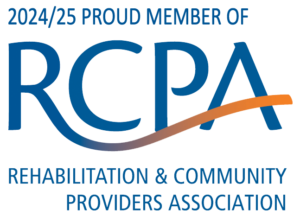Recommendations
- Revise the definitions of cerebral palsy and spina bifida to include consideration of secondary disabilities.
Compare the characteristics of young adults with cerebral palsy or spina bifida who received intensive early intervention with those who received the more traditional kinds of care provided before the mid-1970s.
- Alert those who have mobility concerns and their care providers (physicians, physical therapists, and occupational therapists) to the potential dangers inherent in activities that use abnormal movement patterns.
- Develop curricula for preservice, inservice, and specialization programs and promote their incorporation into the general curricula. To avoid the unending battle to get one more new concept into academic and training programs, promote the incorporation of special curricula at national accrediting levels.
- Disseminate information regarding concerns through professional journals, conferences, and meetings.
- Bring together people from traditional and nontraditional disciplines to attack the problems. Include at least pediatricians, neurologists, orthopedists, phys-iatrists, gerontologists, physical therapists, occupational therapists, nutritionists, dentists, ergonomists, architects, recreation professionals, and rehabilitation technologists. Make certain that people who have cerebral palsy or spina bifida are well represented.
- Develop and implement a program for communicating concerns and recommendations regarding secondary disability and aging to service providers.
- Until more is definitively known, promote the use of assistive technology to save body parts wherever possible. Gather data-both cross-sectional and longitudinal-and analyze the facts carefully from an interdisciplinary perspective. Develop informational and training programs based upon the data.
- Begin teaching in early childhood that people are responsible for monitoring and promoting their own health. Because of the dangers of inactivity, develop and promote alternate forms of exercise and activity for people with mobility disabilities.


